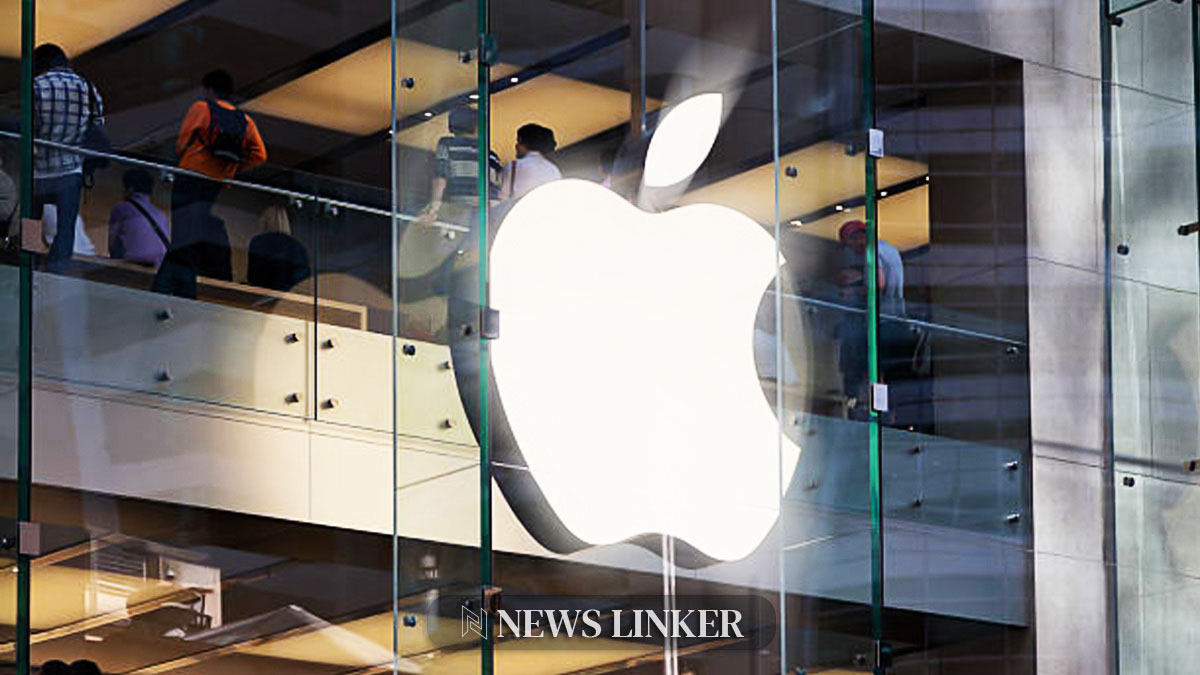Apple has recently updated its support documents to reveal that the iPhone 15 series, including the standard, Plus, Pro, and Pro Max models, will boast a significantly enhanced battery lifespan. These devices are engineered to maintain 80% of their initial capacity even after 1,000 complete charging cycles, a figure that notably doubles the lifespan of previous iPhone models which were rated for 500 cycles. The improvement comes alongside advancements in battery components and power management systems engineered by Apple over the years. These findings are the result of the company’s testings of the batteries under typical usage scenarios.
Comparison with Previous Models
The extended battery life expectancy indicates that iPhone 15 users could enjoy a slower reduction in maximum battery capacity over time. Although Apple has stated its intention to review the battery life of its older models, parameters for a direct comparison are not yet established. Users looking to assess the battery capacity of their iPhones can do so through the device’s settings, where the latest iOS 17.4 beta version now offers a streamlined ‘Battery Health’ section with more detailed information at first glance for iPhone 15 series devices.
Factors Influencing Battery Health
According to Apple, an iPhone’s battery lifespan is largely contingent on individual usage patterns and charging habits. The company’s support document underscores that the variations in how a device is utilized and maintained on a regular basis play a critical role in determining the longevity of its battery life.
Given the centrality of battery health to the functionality of smartphones, Apple’s move to double the battery lifespan of its latest iPhone 15 series is likely to be welcomed by users. This enhancement will potentially reduce the frequency of necessary battery replacements and improve the overall user experience.
Apple’s efforts to evaluate the performance of batteries in older iPhone models suggest an ongoing commitment to extending the lifespan of its devices. The impact of these improvements on the electronics market could signal a shift towards more durable and sustainable technology offerings from the industry as a whole.










